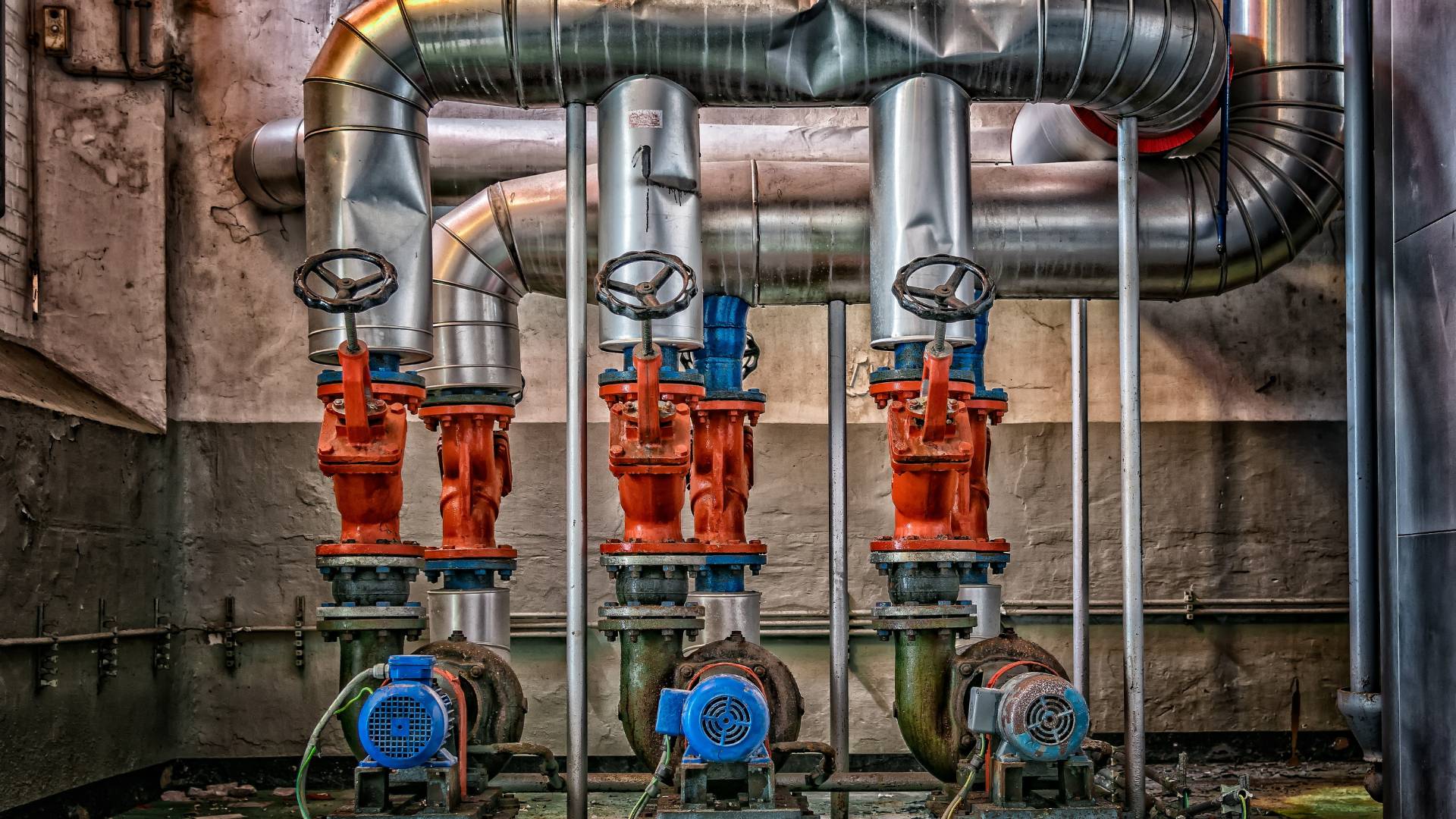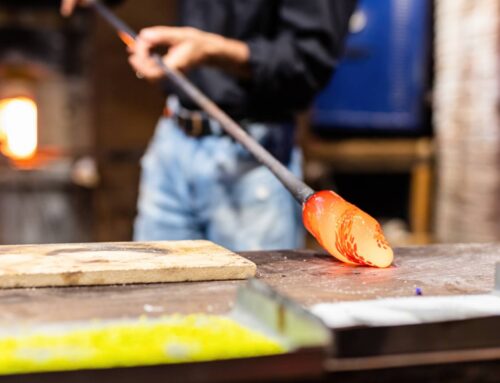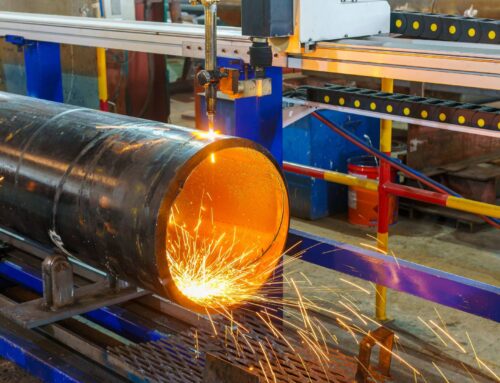Muffle furnaces are indispensable tools in material science research, enabling scientists to study the properties and behavior of materials at elevated temperatures. This blog explores the crucial role of muffle furnaces in material science research.
Applications in Material Science:
-
Thermal Analysis:
- Thermogravimetric Analysis (TGA): Studying the thermal stability and decomposition behavior of materials.
- Differential Thermal Analysis (DTA): Detecting phase transitions and chemical reactions.
-
Material Synthesis:
- Ceramic Synthesis: Producing high-quality ceramics with precise control over microstructure and properties.
- Metal Oxide Synthesis: Synthesizing metal oxides for various applications, such as catalysts and electronic materials.
-
Material Characterization:
- Ashing: Determining the inorganic content of organic materials.
- Calcination: Removing volatile components from materials.
- Sintering: Consolidating powdered materials into dense solid objects.
-
Material Testing:
- High-Temperature Testing: Evaluating the mechanical properties of materials at elevated temperatures.
- Corrosion Testing: Studying the corrosion resistance of materials under different conditions.
Key Considerations for Material Science Research:
- Temperature Precision and Accuracy: Ensure precise temperature control to obtain reliable results.
- Uniform Temperature Distribution: Maintain uniform temperature throughout the furnace chamber.
- Rapid Heating and Cooling Rates: Achieve desired thermal profiles for specific experiments.
- Atmosphere Control: Control the atmosphere within the furnace to create specific conditions.
- Data Logging and Analysis: Monitor and analyze temperature, time, and weight data.



